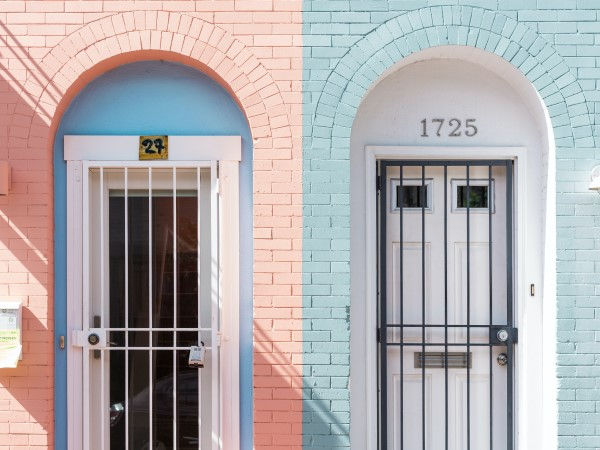Almost half of Sydneysiders want more apartments built
- nasirghafoor
- Aug 6, 2023
- 2 min read
Taking a stroll through the streets of Parramatta or Rhodes—where only about 11.5% and 14.6% of dwellings are houses—you might think this city has more than enough high-density housing.

Apartment abundant Penshurst in southern Sydney invites the same sentiment, with units accounting for approximately 83% of accommodations in the suburb. Neutral Bay, Ryde, Bankstown, and Wolli Creek all follow suit with the percentage of houses as dwellings sitting somewhere between 20-30%.
And yet, over the next five years, NSW faces being at least 130,000 homes short—and that’s without even taking into account the projected record increase in international students and skilled migrants entering Australia.
Earlier this year, the federal budget forecast the record arrival of 1.5 million immigrants to Australia in the next 5 years. Meanwhile, the federal government’s Centre for Population predicts that after resuming immigration post-pandemic, Sydney’s population will rise from 5.3 million to 6 million in 2033.
Further highlighting the urgency of the shortage is a 24% increase in rents in the last 12 months, which Premier Chris Minns says demonstrates that “clearly, we’ve got a disconnection between supply and demand that we have to start correcting.”
According to statistics from the Productivity Commission, over a 12-month period, NSW produces about five houses per 1000 people. On the same metric, Brisbane and Melbourne are both producing six and seven. Meanwhile, construction of multi-unit dwellings has dropped from a peak of 118,000 in 2015-16 to about 70,000 in 2022-23.
Last week, Minns announced that the Labor government will fast-track 18,000 homes to be built in the next three years in rapidly growing areas of greater Sydney and the Central Coast, with a focus on building apartments in close proximity to jobs and existing public transport infrastructure.
Under the government’s new housing policy, residential projects that have a capital investment value of more than $100 million and delegate one-fifth of their gross floor area as social or affordable housing will be deemed ‘state-significant developments.’ As such, the Minister for Planning or the Independent Planning Commission would be able to bypass local and regional councils and possess the power to approve or reject proposals themselves.
And how do Sydneysiders feel about the policy to increase supply through more apartments in city suburbs, the possibility of overriding local councils on planning approvals and height limits, and the inclusion of more low-cost housing? According to a new survey from Resolve Strategic for The Sydney Morning Herald, 48% of voters support the move, while 27% are opposed and 25% remain undecided/neutral.
These reforms are part of a wider commitment by the NSW government to enable the construction of 314,000 homes over five years. According to AFR research, over the 20 years to 2021, housing supply has expanded at just 4.5% ahead of population growth—significantly lower than the 17% increase of the previous 20 years. These housing policy reforms intend to rapidly inflate that percentage, but at what cost? Sydney’s skyline looks set to get a whole lot busier.





Comments